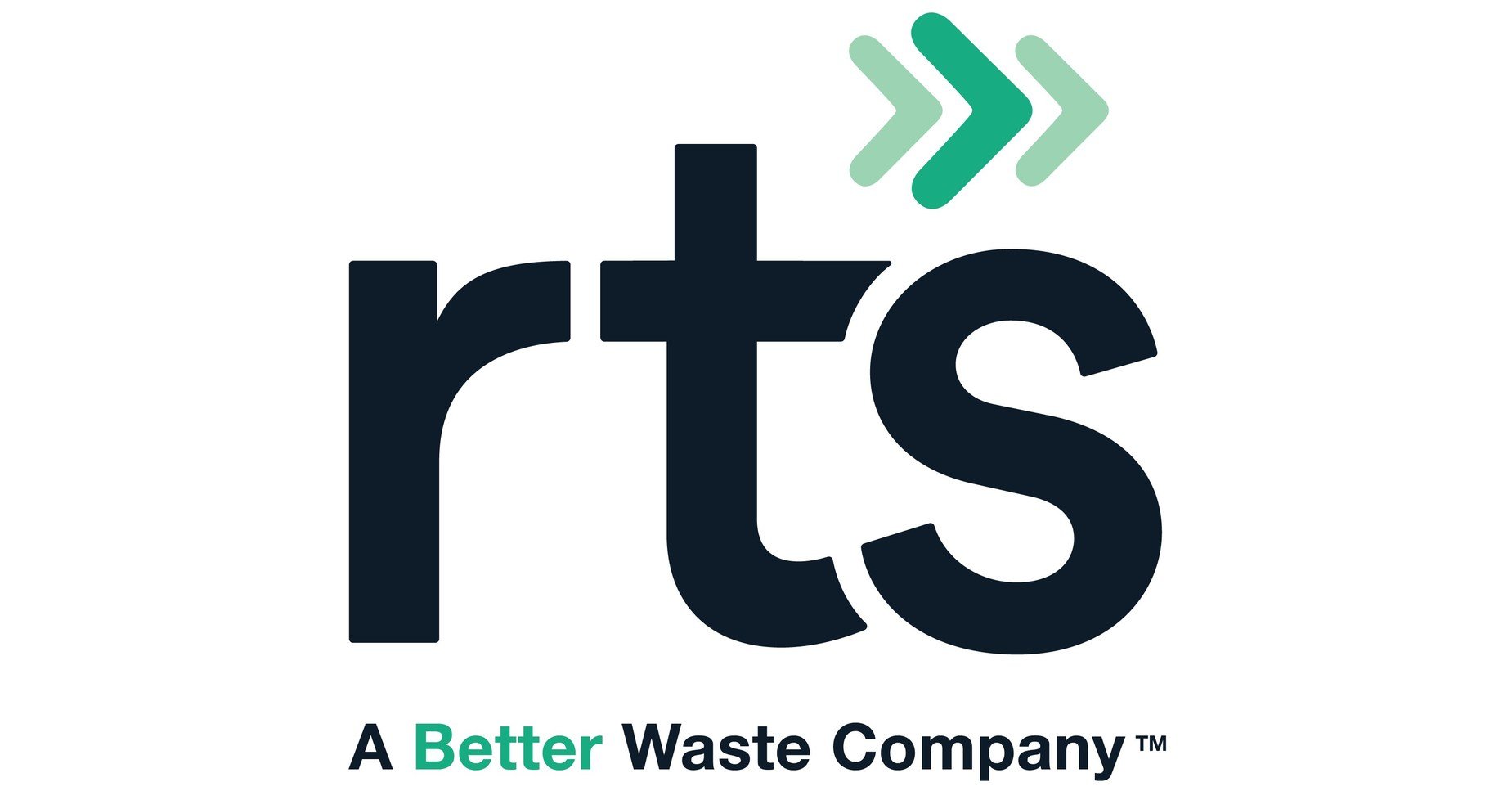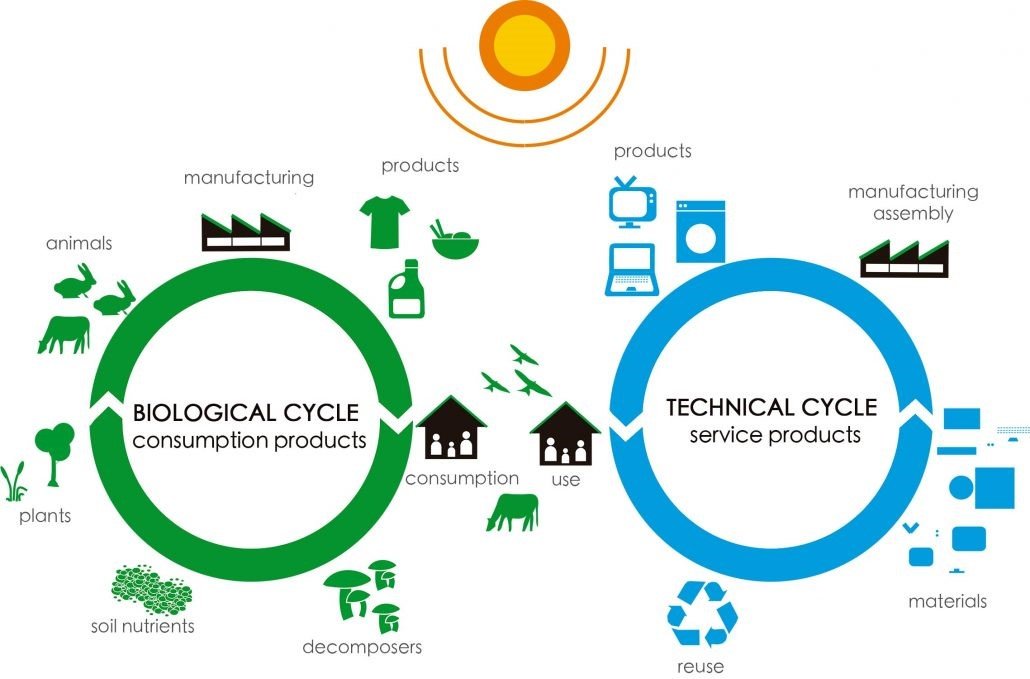Guest blog by Recycle Track Systems, a certified B-corp focused on improving waste management and sustainability
Despite the efforts and initiatives to promote food conservation, we waste approximately 2.5 billion tons of food every year. And this number isn’t getting any lower — around 40 percent of grown food goes uneaten, whereas it was once 33 percent. In other words, we clearly still haven’t found a satisfying solution for our food waste problems.
Food waste is concerning for several reasons. The first and the most obvious one is food insecurity — a problem faced by two billion people across the globe. On the one hand, so much food goes uneaten, while on the other, people are dying of starvation. It’s easy to conclude that the system we have in place isn’t working.
Aside from the social concern that comes with food waste, there’s also an environmental one. Growing food takes energy and resources, so those too go to waste if the produce isn’t consumed. What’s more, as uneaten food rots in a landfill, it produces methane — one of the most potent greenhouse gases. In fact, approximately 6‒8% of greenhouse gas emissions come from wasted food!
So, clearly, we have a problem. But is there a way to solve it? We believe that there is, and the solution lies in the circular economy.
What Is the Circular Economy?
To understand the circular economy, we need to examine the one we live in today — the linear economy. The linear economy takes a “take, make, use, dispose” approach, meaning that products are created, used for a time, and then discarded. These discarded products end up in a landfill, where they decompose for hundreds of years, polluting our planet. In some ways, this sort of economy assumes that our resources are infinite.
But as we know, that’s not true. And since the linear approach to consumption is so wasteful, we’ve created a different one, known as the circular economy. The circular economy attempts to reduce waste by completely designing out the very concept. For instance, products are made to be reused, repurposed, repaired, and recycled. Simply throwing them away once they become unusable is no longer an option.
Transitioning from the linear economy to the circular one is by no means an easy feat. But if successful, it can drastically reduce the amount of waste, as well as harmful gas emission and resource consumption. Ultimately, it might be our only chance at saving our planet.
Implementing the Circular Economy to Combat Food Waste
When it comes to food waste in particular, the circular economy shows a lot of promise. If we manage to implement its principles at both the food production and consumption level, we’re sure to see great improvement. But knowing this in theory isn’t enough — we need concrete ideas to help us with implementation. And here are a few that might work.
Create New Opportunities for Farmers
On the production level, we need to address food loss that occurs during the crop growing and storage stages. In many cases, processes and practices on the farm can be optimized to be less wasteful, and traditionally discarded materials can find new uses.
Let’s take olive oil production as an example. Only around 20 percent of the olive fruit actually ends up being used, while the rest, the so-called olive pomace, goes to waste. That’s a lot of wasted material that could potentially find its purpose elsewhere. And as it turns out, olive pomace is an antioxidant, meaning it can increase the shelf life of various foods. So instead of discarding it, farmers should look for new markets for it.
Ultimately, this sort of practice is good both for the environment and the farmers. It creates new business opportunities for them, increasing their profit margins. That, in turn, ensures greater resiliency of the food supply chain and allows farmers to commit to healthier practices.
Promote Change in Supermarkets and Grocery Stores
Supermarkets and grocery stores contribute to food waste by being too careful with expiration dates and too concerned with food’s appearance. Perfectly good food often ends up in the trash simply because the date on its label says it should. Lumpy fruits and vegetables meet the same fate, as consumers avoid buying them. Instead of allowing these things to happen, retailers need to figure out ways to sell even the less-than-perfect food items.
And some of them have already done that. For instance, a UK supermarket Morrisons has started offering lumpy vegetables at a discount price, hoping to avoid discarding them. Elsewhere, companies have begun developing more accurate expiration date labeling. An example is Mimica Touch — a sticker or cap that turns bumpy when the food spoils. With this product, consumers no longer have to rely on often arbitrary expiration dates.
Raise Consumer Awareness
Food waste doesn’t exist only in supermarkets and on farms, though. Households contribute to the problem too. Families tend to purchase too much food they can’t consume and often end up throwing it away due to the confusing “best by” dates. Not much thought goes into that — it’s simply more convenient to discard the food than figure out what to do with it.
But since food waste has become an enormous problem, we need to figure out solutions. And the only real way to make progress is to raise people’s awareness through campaigns, courses, and initiatives. Many such already exist across the globe, some sharing tips about repurposing waste and thinking up new ways to prepare meals. With just a little extra effort on everyone’s part, we can effectively implement the circular economy principles in households.
In Conclusion
Food waste is a serious issue that will only get worse if not properly addressed. While there are no simple solutions, implementing circularity seems to be the most promising one so far. So, try to make some changes in your household today — remember, a little goes a long way.
Author Bio: Shannon Bergstrom is a LEED Green Associate, TRUE waste advisor. She currently works at RTS, a tech-driven waste and recycling management company, as a sustainability brand manager. Shannon consults with clients across industries on sustainable waste practices.







